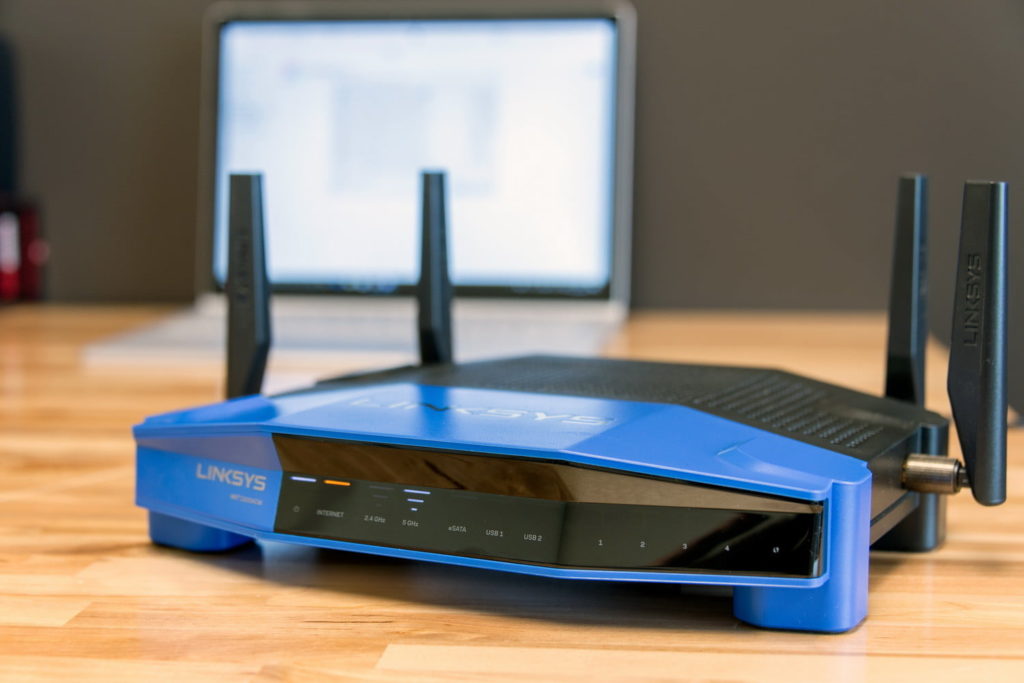
Working from a home office has numerous benefits, and the option is becoming increasingly popular throughout the world of business. The hectic lifestyle of today requires flexible office hours and the commodity of being close to the family and spending the time you would otherwise waste on commuting more productively.
Many business owners choose to manage most of their work from the comfort of their homes, even if they do have branches and offices elsewhere. Setting up this kind of working space is not only effective and more comfortable, but it also allows for multiple advantages such as tax deductions and increased home value.
Nevertheless, there are some unpredictable issues that might occur and hinder your otherwise smooth business operations, and by that, we mean the potential technical problems and difficulties. Tech support might often be pricy, and that expense may well occur at the most inappropriate time. That being said, it’s not all doom and gloom, so read on to find out how to resolve some common home office tech problems and save some time and money as well.
1. Your Wi-Fi is Giving You Trouble

Needless to say, there’s no doing business without the internet. That’s why a speedy internet connection was probably one of the first things you set up. Unfortunately, there’s no guarantee that it’s going to be smooth sailing all the way. What happens if the connection is too slow, or you can’t connect at all?
Having no connection can be extremely frustrating especially while you’re in the middle of something really important. The first step is to reboot your router, which will fix the issue more often than not, and all you need to do then is reconfigure your network. However, if this doesn’t work, reach out to your provider for advice. In case of a slow(ed) connection, conduct a speed test and check on your download and upload speeds. Compare it to your internet provider’s plan, and if they do not match what was advertised, make sure you haven’t exceeded your data cap. Moving your router might also help since it works best when it’s elevated and located in the center of the house. Should the problem persist, it might be time to find another provider or at the very least, request a change of equipment.
2. Printer Problems

No printer trouble for months, and when there’s an important contract to be printed out and signed, the device refuses to work. A familiar situation, for most.
Check that there is enough ink and if there is paper in the machine, first. However simple this may seem, according to this website it turns out to be one of the most common causes of printer failure. Next, try turning the printer off and on, as well as unplugging it and plugging it back into the mains. Maybe a quick reset is just what it needs. Take a look at the print queue which will open after double-clicking the printer icon. If the option ‘use printer offline’ is on, try unchecking it, since windows can’t always go back to an online setting on its own after you have finished printing offline. You’ll find that most of the time, you’ll be able to sort out these common printer problems yourself.
3. Getting Back Lost Files

And by ‘lost’, first, we mean accidentally deleted. Some people tend to forget about the ‘Recycle Bin’ and think the files are gone forever, but if that is the case, it’s an easy fix. Just go to your Bin, mark the files and click restore. No harm is done.
However, if you have emptied it or used the ‘shift-delete’ option, it’s best not to use the drive until a professional can retrieve the data. They will most probably use a Windows built-in or deleted data recovery applications specialized for permanently deleted data without backups. Of course, you can try your luck with them yourself, if you feel confident enough.
4. Your Computer Is Too Slow

Webpages take ages to load, videos seem to buffer forever – it’s definitely your machine’s fault. Or is it?
Make sure that it’s not something else that’s causing the exact same problems, like your broadband connection. Again, do a speed test to rule that one out first. Should the problem persist, it’s time to check how much free space you have on your hard drive holding your operating system. Windows requires room to create files while your system is running, so if you see a lack of space, it’s time for some serious cleaning. It is prudent to have spare drives available so if there is any information you might need, you can store it away off the main computer.
5. Your Machine Keeps Restarting

This may be nothing, or it may turn out to be a major issue. Hardware problems are the hardest to both diagnose and solve, so let’s try to rule some things out once more.
Windows updates will automatically restart your computer during installation and then focus on updating all of your crucial system drivers, such as your graphics card, motherboard, and network card drivers. Other things that might be the cause of this are viruses, so keep your antivirus software up to date and check your system frequently. If your machine overheats, it will automatically shut down, so check your cooler and give it a thorough cleaning. Lastly, check if your video card needs an update.
6. The Computer Is Making a Grinding Noise

Seeing a problem is one thing, but hearing one in the form of an unpleasant, grinding, threatening noise is quite another.
Some hard drives will be audible if a spindle gets stuck or there is a malfunction with the heads. Another reason for this might be that your hardware is in desperate need of a good clean. We tend to forget that dust finds its way and piles up even in apparently closed spaces, which can cause a reduction in performance. Open it up and give it a thorough but careful dusting and vacuuming and see whether you have resolved the issue that way or not. Should the problem persist, contact a professional rather than tinkering with it yourself. And yes, giving it a good kick does more harm than good.
Having your home office is exciting, but it also involves greater responsibility when it comes to your equipment and the managing of the same. There’s no tech support available on site, and it might take some time until you’re able to reach someone who can help with these tech issues. This is exactly why it will save you both time and money to try and manage some problems yourself. With a little bit of research and practice, you too can be tech-savvy enough to give your machines a quick fix and get on with your work.
Working from home in recent times is inevitable, and the need for a home office is unavoidable. Decorating your home office walls will make working conducive and enhance your productivity. Besides, it will help you retain the features of a quality wall space within your home. You will find various suitable wall arts for your home workspace from reputable sources like ElephantStock.














